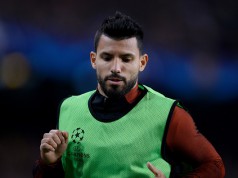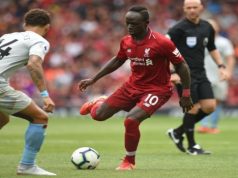Borussia Dortmund will face Real Madrid in the quarter-finals of the Champions League. The Germans are one of the strongest and most solvent teams in Europe. Yet, this wasn’t always like that. In fact, Borussia was about to disappear in 2005, when they were close to enter into bankruptcy.
The alarm bells starting ringing in Dortmund in that dark year, when the share value- the club had been listed since 2001 – fell by 80 %. The club started drowning in a sea of debt . Although Dortmund acknowledged the debt was around 170 million euros, the German press speculated then that the real debt was much higher.
The first result of this crash was that the German club was unable to pay investment society Molsiris, with which it had agreed years before to sell the Wesftalen Stadion in exchange for paying an annual rent until 2017, when they would then buy it back.
In addition to the crisis that engulfed the club because of questionable business decisions like the one highlighted, the problems were further enhanced by an exorbitant wage bill of around 78 million euros a year. Dortmund were also guilty of vast overspending in the transfer market. Some examples of this are the 25 million euros paid for Marcio Amoroso , 13 million euros for Jan Koller , 15 million euros for Tomas Rosicky and 8.5 million euros for Thorsten Frings .
The club eventually emerged from this almost hopeless situation thanks to the good management of the auditors who arrived to sort out the clubs problems. Morgan Stanley bank lent € 79 million, payable in 15 years, with which the club bought 42% of the stadium. With the revenue generated by the football side of the business (the stadium is one of the largest in the Bundesliga and in Europe), the club managed to pay salaries and renegotiate payments with creditors, who came to accept an offer of between 30% and 50% in their dues.
The Morgan Stanley loan started to be paid back thanks to a lucrative 12-year marketing agreement with SportFive. An increase in capital also proved to be significant for Dortmund – earning 40 million euros by issuing new securities. In Germany, by law, club members must collectively own over 51 % of the entity.
On top of this capital, Dortmund also struck a deal with Signal Iduna for the stadium naming rights for around five million euros a year.. Evonik brings 10 million annually for the sponsorship of the shirt, and kit supplier Puma adds a further seven million . A clear example of how the club was cleaned up when Jürgen Klopp arrived at Dortmund in 2008 was the budget for player salaries being capped at 30 million euros, far removed from the old 78 million mark.
In the end, strong leadership has put the club back on the map and under Klopp, Dortmund have gone on to win titles and become one of the best sides in Europe. A great example.




